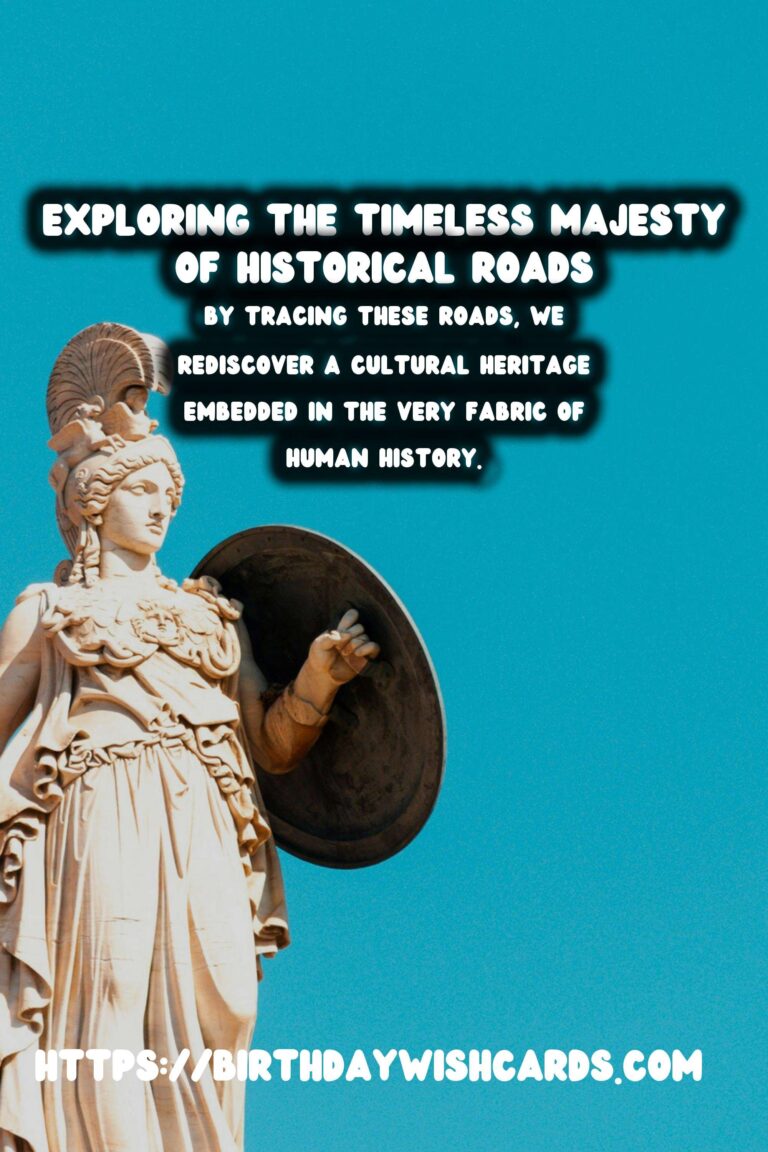
Throughout human history, roads have served as more than mere avenues of travel; they are the lifeblood of civilization, connecting cultures, ideas, and peoples. Today, we embark on an enthralling journey along some of the most significant historical roads ever traversed. These thoroughfares have played crucial roles in shaping the world as we know it.
The Roman Roads: Paving the Way for an Empire
The Roman Empire was renowned for its extensive network of roads, which facilitated military movements, trade, and communication across vast territories. With the saying ‘All roads lead to Rome,’ these ancient highways were masterpieces of engineering and endurance.
The Appian Way, or Via Appia, is one of the earliest and most strategically important Roman roads. Constructed in 312 BC, it stretched from Rome to Capua and, later on, to Brindisi, establishing direct connections to Greece and the East.
The Silk Road: A Synapse of Commerce and Culture
The Silk Road was more than a trade route; it was a cultural bridge linking the East and the West. Spanning approximately 7,000 kilometers, it was instrumental in the exchange of goods, ideas, and culture between civilizations like China, Persia, and the Roman Empire.
Valuable commodities such as silk, spices, and precious metals were transported along these routes. However, the silk caravans carried not only tangible goods but also art, religion, and knowledge, allowing the cross-pollination of ideas across continents.
The Incan Road System: Engineering Marvels of the Andes
South America’s Incan roads represent engineering feats that adapted to the challenging terrains of the Andes mountains. Known as Qhapaq Ñan, these pathways connected the vast territories of the Incan Empire, running over 40,000 kilometers.
These roadways were noted for their integration into the natural landscape, often including hanging bridges, constructed from woven grasses to span deep ravines.
The Ancient Indian Routes: The Grand Trunk Road
In the Indian subcontinent, the Grand Trunk Road exemplifies a historical roadway that has witnessed the ebb and flow of dynasties. Spanning from Bangladesh to Pakistan, its origins trace back to the Mauryan Empire, with significant enhancements by later rulers such as Sher Shah Suri in the 16th century.
It played an integral role in trade and communication throughout the Indian subcontinent, fostering cultural exchange and economic prosperity.
Conclusion: Why Historical Roads Still Matter Today
These ancient paths are not just relics of the past; they symbolize human resilience, engineering prowess, and the eternal quest for connection. Today, travelers and historians alike walk these roads to uncover stories woven through centuries.
By tracing these roads, we rediscover a cultural heritage embedded in the very fabric of human history, inspiring future generations to appreciate and preserve these timeless avenues.
Throughout human history, roads have served as more than mere avenues of travel; they are the lifeblood of civilization. By tracing these roads, we rediscover a cultural heritage embedded in the very fabric of human history. 
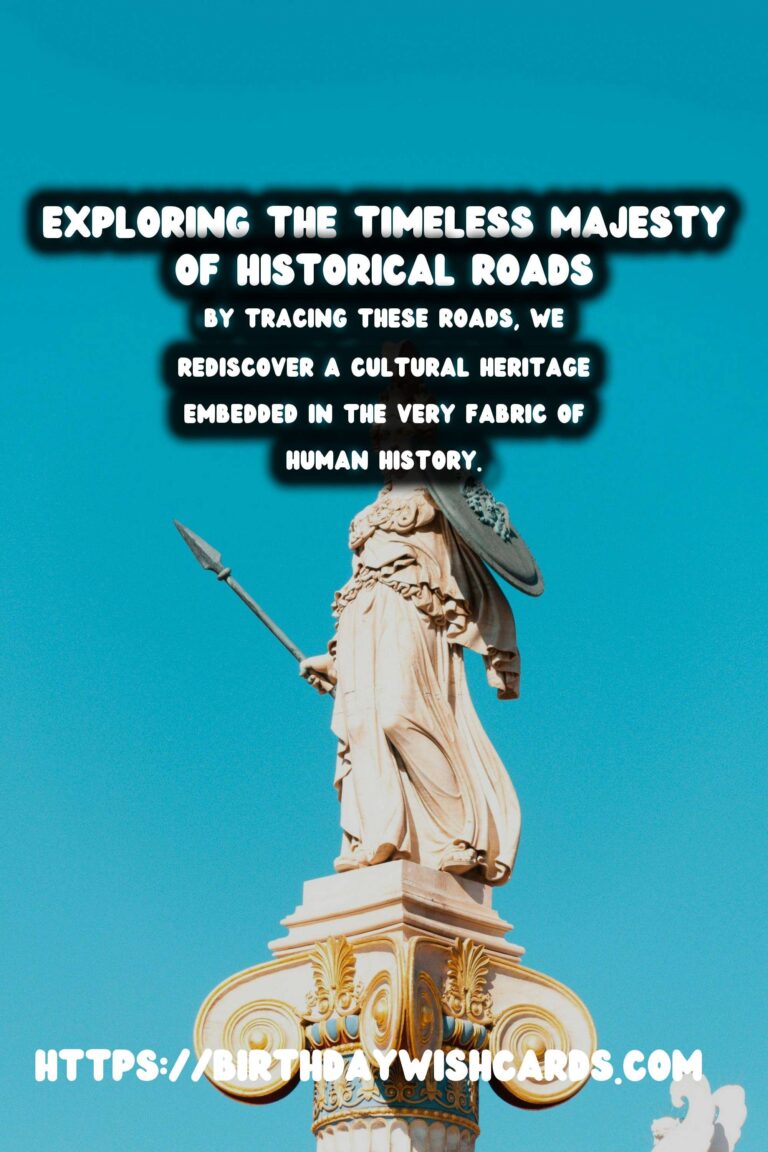
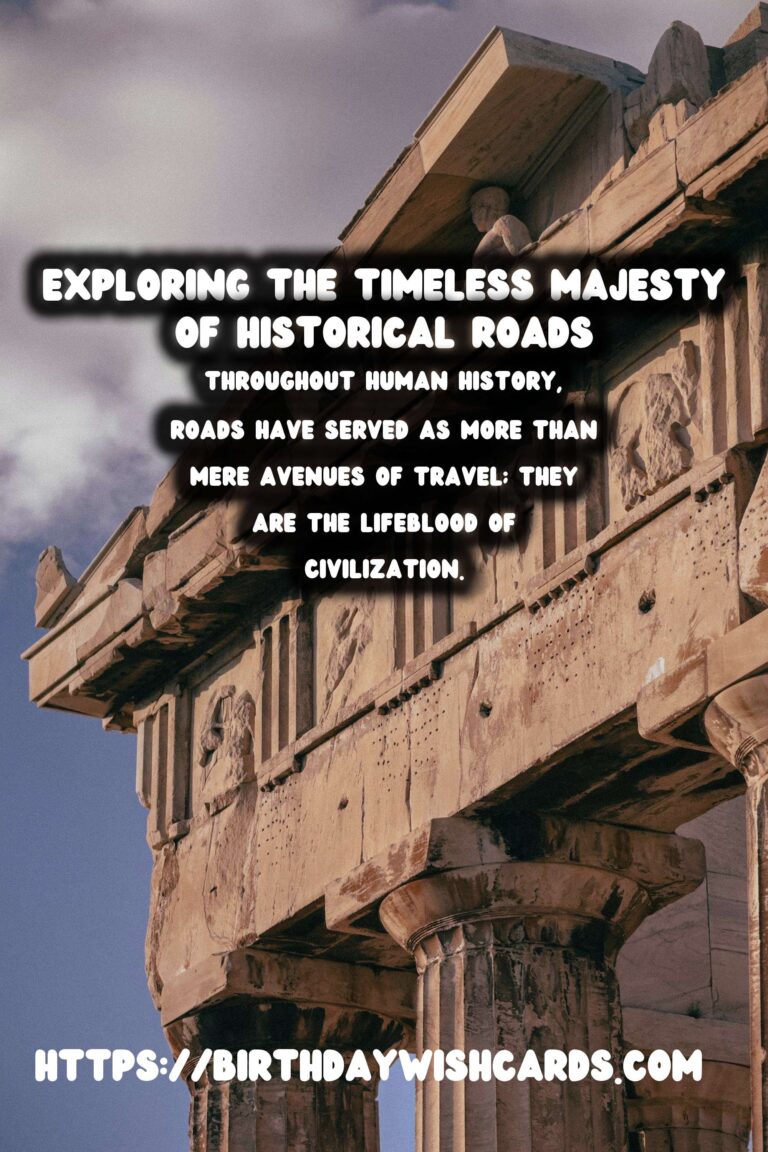
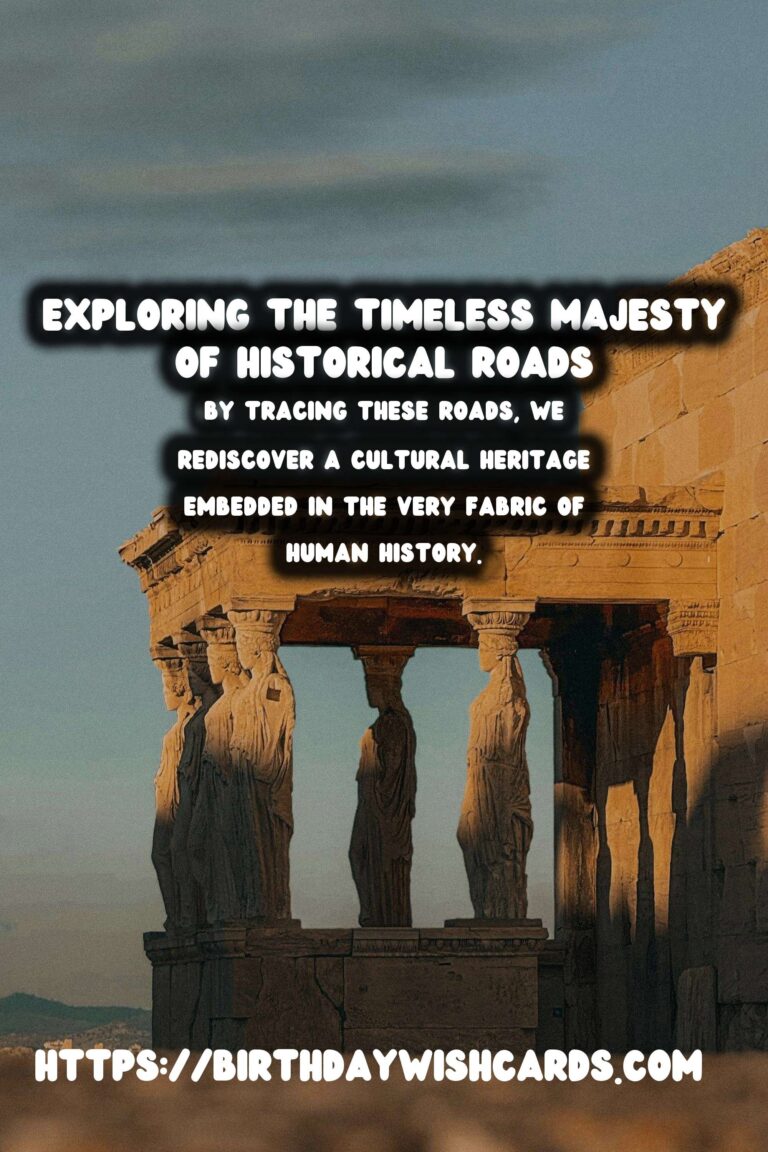
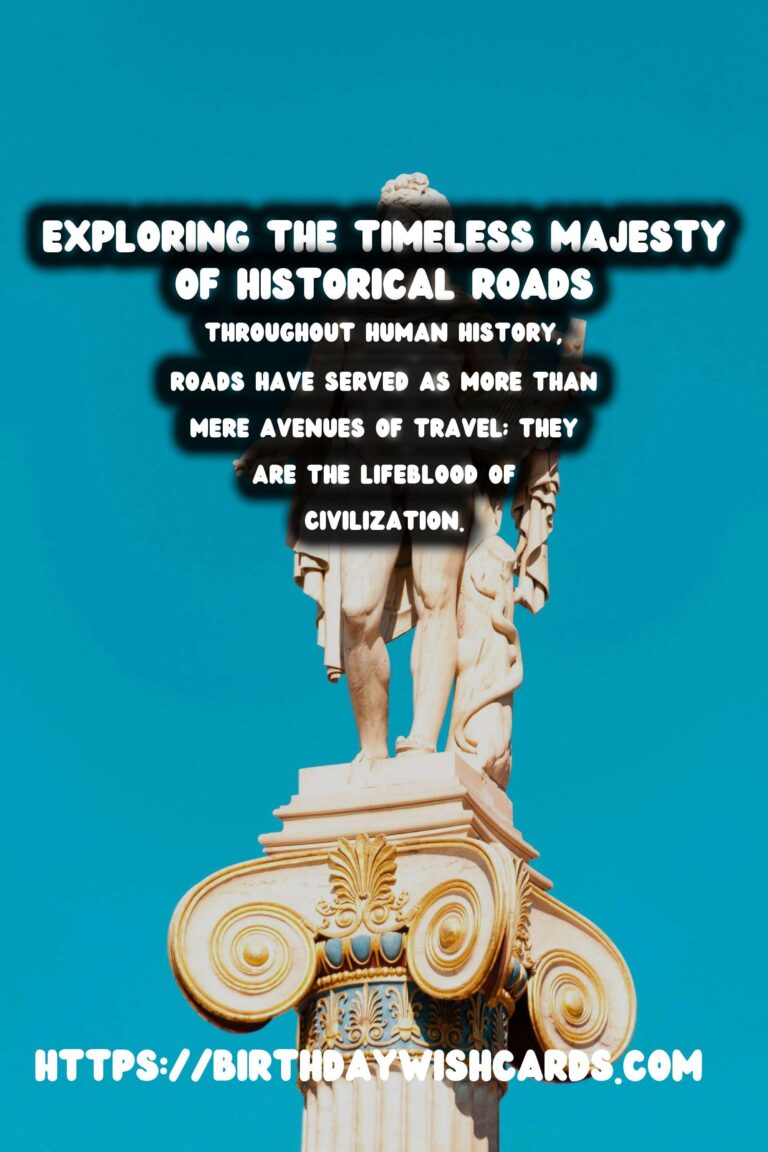
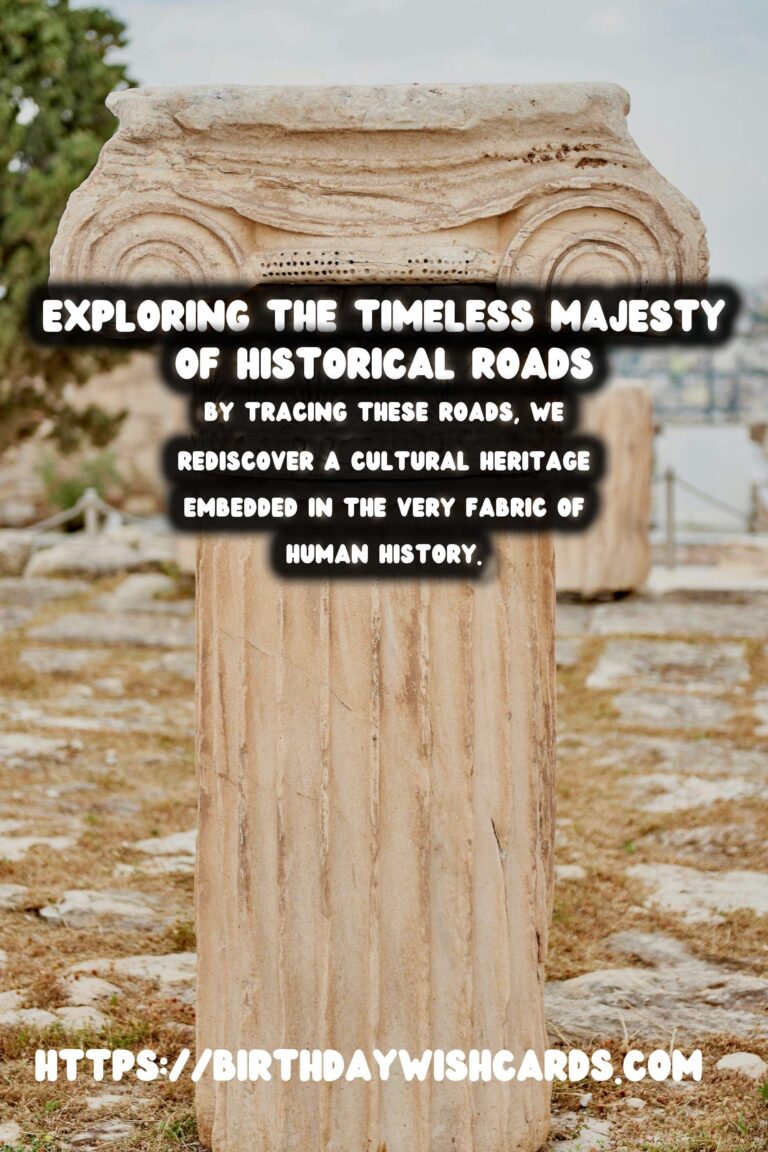
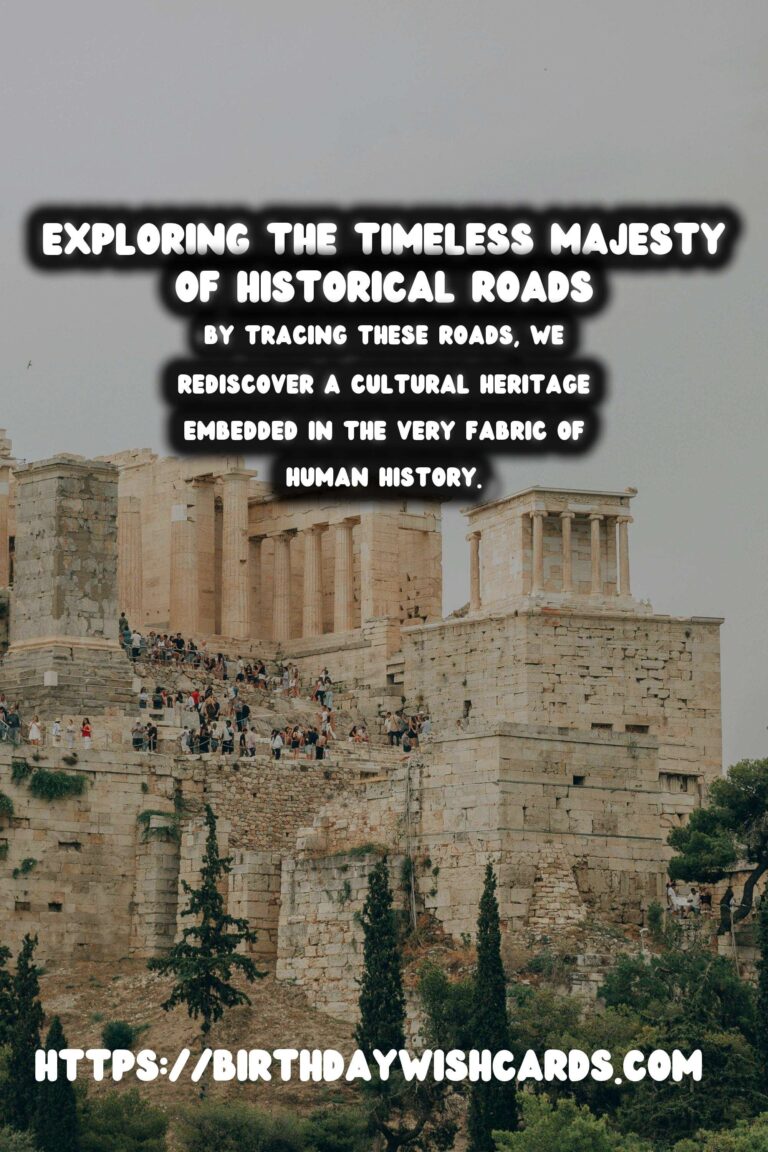
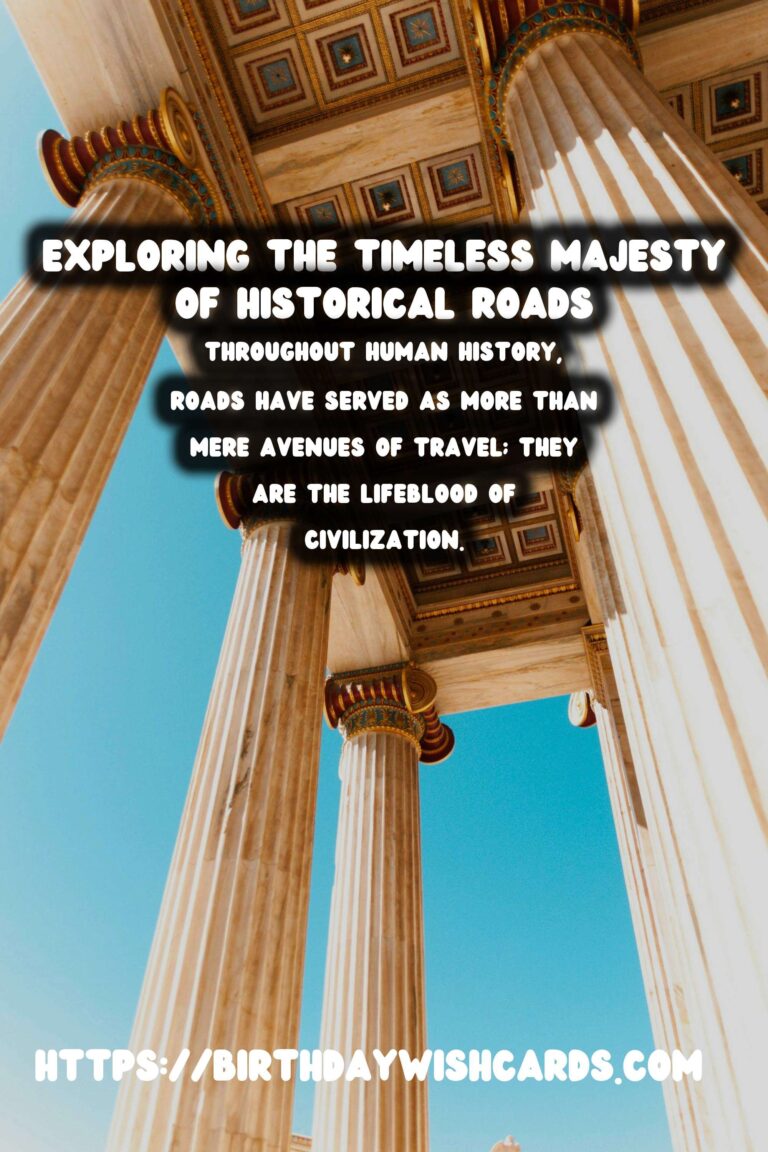
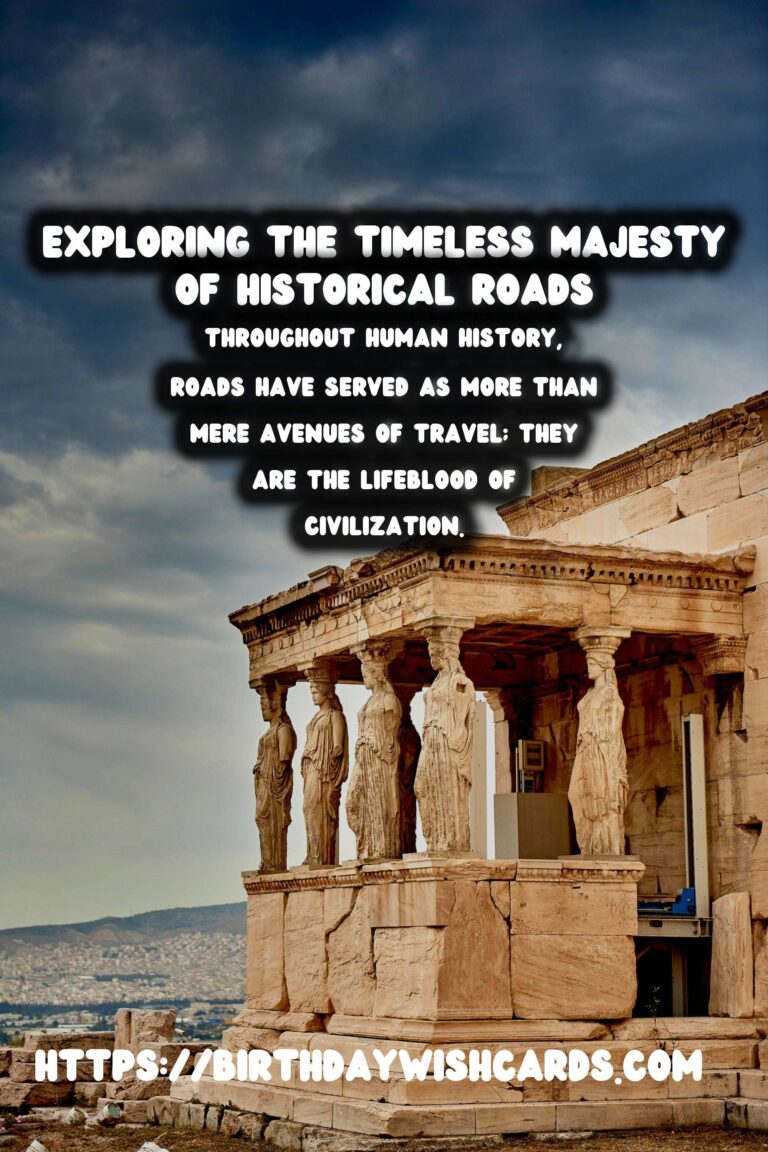
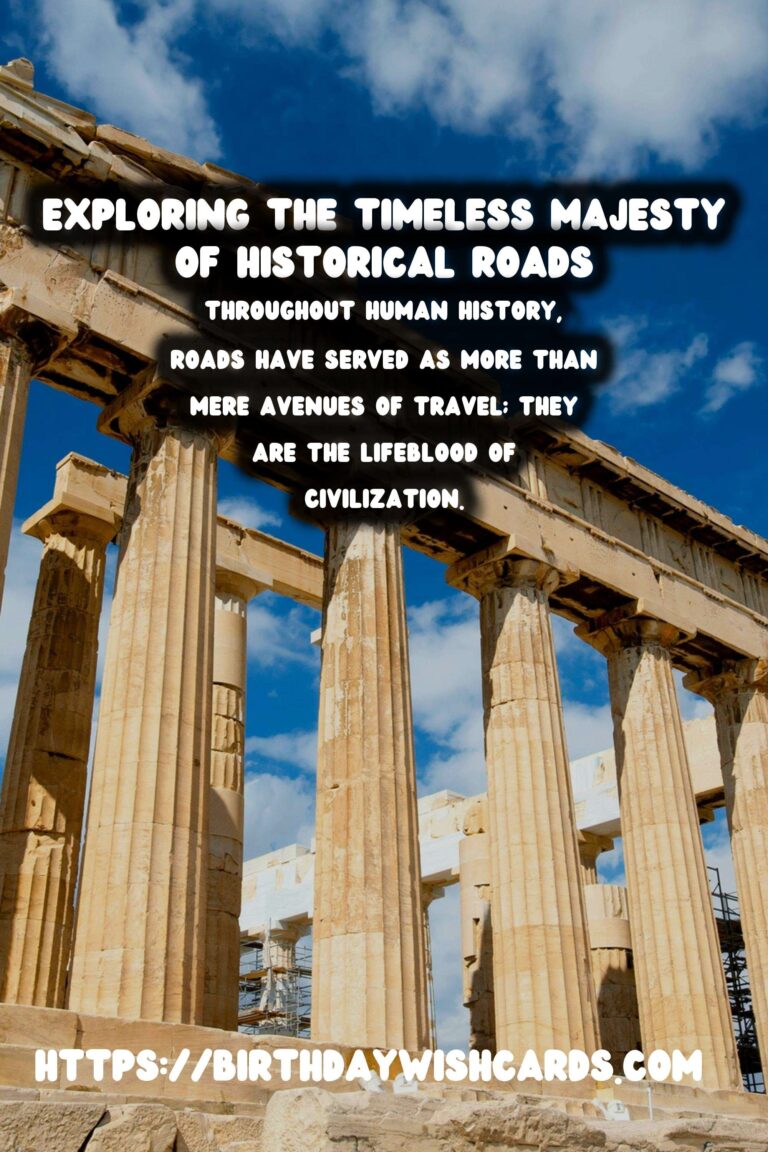
#HistoricalRoads #AncientPaths




